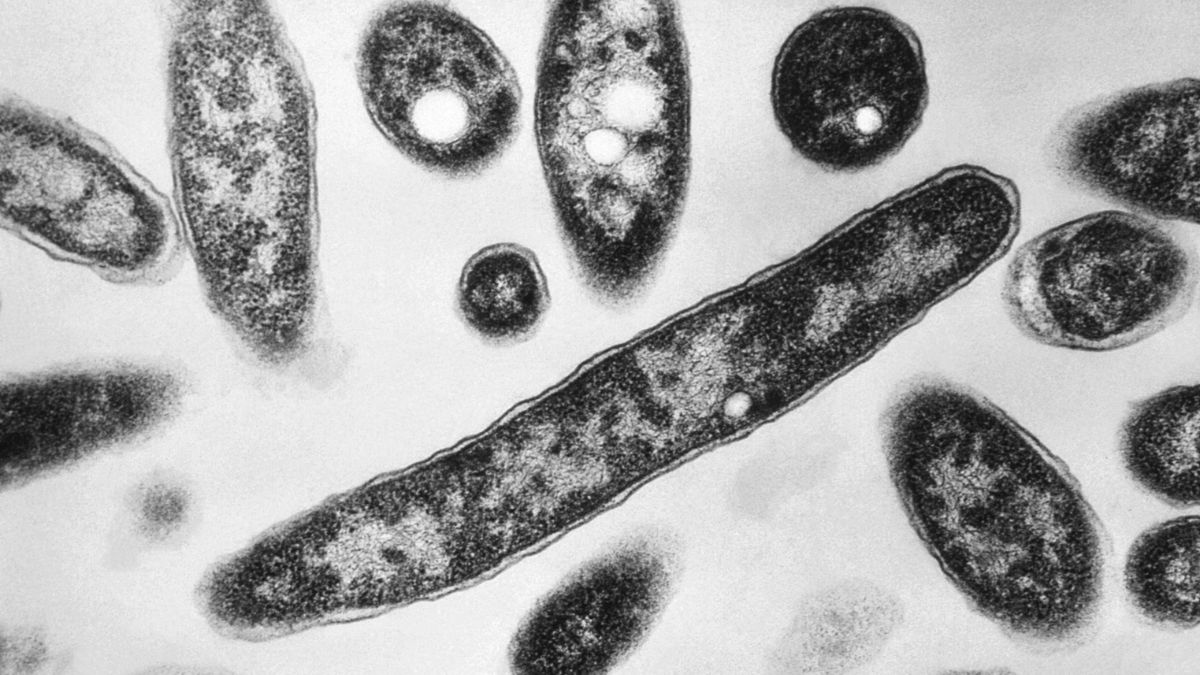A fossilised human skull found in China, thought to be around a million years of ages, might totally alter what we understand about where we originate from.
Researchers studying the skull state it recommends Homo sapiens might have appeared a minimum of 500,000 years previously than we when believed. Much more striking, their findings hint that we might have shared the world with other sibling family trees, such as the Neanderthals, for far longer than formerly thought.
STORY CONTINUES BELOW THIS ADVERTISEMENT
Scientists state this brand-new analysis “completely modifications” our understanding of human development, and if they’re right, it might reword an essential early chapter of our story.
More from Explainers
)
Here’s why this discovery matters.
About Yunxian-2
The fossil, Yunxian-2, was found years back in Hubei Province, China, however for years it was believed to come from Homo erectus, the very first large-brained human forefather. Being around a million years of ages, it appeared too ancient to reveal any close connection to modern-day human beings.
Current research studies, nevertheless, have actually totally altered that view. Scientists utilized CT scans and computer system modelling to digitally rebuild the skull. To fill out missing out on pieces, they included some physiological information from an earlier fossil called Yunxian-1.
” There were a lot of fractures and damaged pieces,”stated Ni, a scientist from the Chinese Academy of Sciences and co-author of the research study.”It’s quite like a digital surgical treatment.”
Teacher Xijun Ni of Fudan University, who co-led the research study, confessed that the findings at first appeared nearly incredible. 
“From the very start, when we got the outcome, we believed it boggled the mind. How could that be so deep into the past?” he informed the BBC“But we checked it once again and once again, utilizing all the designs and approaches, and now we are positive about the outcome. We’re in fact really thrilled.”
Released in the journal Science and including researchers from the Natural History Museum in London, the analysis now suggests that Yunxian-2 comes from Homo longi, a sis types to both Neanderthals and modern-day human beings.
The skull reveals numerous distinguishing characteristics, consisting of a broad and huge roofing of the mouth, flat and low cheekbones, a broadened area at the back of the head, and distinct elements of the ear area. These qualities connect it carefully to other members of this family tree, recommending a more complicated story of human development than formerly believed.
STORY CONTINUES BELOW THIS ADVERTISEMENT
Check out:
Inside ‘secret’ burial place with 2000-year-old skeletons in Jordan’s Petra, listed below ‘Indiana Jones’ landmark
Why is this finding essential?
The findings from Yunxian-2 might significantly alter our understanding of human development. If right, it recommends that early kinds of Homo sapiens might have been around a million years back, far earlier than the 300,000 years formerly thought.
Teacher Chris Stringer of the Natural History Museum, who co-led the research study, highlighted the significance of the discovery. He stated it’s most likely that fossils of million-year-old Homo sapiens exist someplace in the world, waiting to be discovered.
This brand-new timeline likewise considerably extends the duration throughout which human beings and their close loved ones existed together. Rather of overlapping for simply a couple of hundred thousand years, Homo sapiens, Neanderthals, and Homo longi might have lived side by side for approximately 800,000 years.
Another essential effect of the discovery is that it might assist solve the so-called “muddle in the center”, the complicated set of fossils dating from in between 800,000 and 100,000 years ago that researchers have actually struggled to categorize.
According to Professor Xijun Ni, reconsidering the timeline enables much of these fossils to be organized as primitive kinds or subgroups of the 3 significant human branches.
STORY CONTINUES BELOW THIS ADVERTISEMENT
“Human advancement resembles a tree,” Ni informed The Independent. “This tree consisted of a number of branches, and there were 3 significant branches that are carefully associated. They might have interbred with each other, and they existed together for nearly 1 million years. This is an incredible outcome.”
Check out:
‘Bear bones’: Japan’s 20,000-year-old’Ushikawa guy’ fossils discovered in 1950s are not of a human at all
Not everybody concurs
Some specialists prompt care. Dr Aylwyn Scally, an evolutionary geneticist at the University of Cambridge, invited the research study however cautioned versus overconfidence in the timing price quotes.
“One needs to be especially tentative about the timing price quotes, since those are really tough to do, despite whether you’re taking a look at hereditary or fossil proof,” he informed the BBC.
Scally included that even with big quantities of hereditary information, it is challenging to identify precisely when these populations might have existed together, within 100,000 years or more.
While Professors Ni and Stringer’s conclusions are possible, he kept in mind, more proof is required before researchers can be particular.
“That image is still rather uncertain to us. If the conclusions of this research study are supported by other analyses, preferably from some hereditary information, then we would begin to be progressively positive about it,” he informed BBC News.
STORY CONTINUES BELOW THIS ADVERTISEMENT
With input from firms

